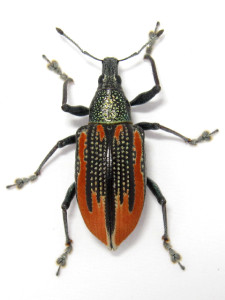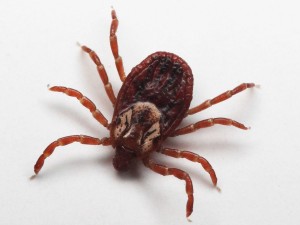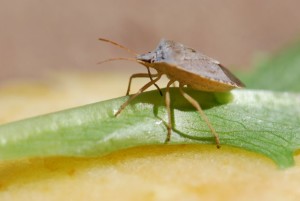“What kind of insect is that?” We have all done it, asking what creepy crawler is passing by us on the sidewalk. But sometimes, we are simply asking the wrong question, because it may not be an insect at all! It is an insect? Is it an arachnid? Who knows?! So what makes an insect an insect? Are all insects bugs? And what makes an arachnid an arachnid? We are here to clear up all of those questions for you.
Insecta: Insects
In the phylum Arthropoda, which is comprised of all invertebrates animals, there is a class called Insecta. As the name eludes, Insecta consists of insects, which must have the following characteristics to be qualified as such:
- Three Body Segments:
- Head: The portion of the body that contains an insect’s brain, mouth opening, mouthparts, antennae, eyes and other sensory organs.
- Thorax: The midsection of an insect, holding the legs and wings.
- Abdomen: The third region of the insect that contains the digestive system, respiratory system, and the genitalia.
- Invertebrates: Insects do not have backbones, rather they have an exoskeleton. An exoskeleton is a hard outer covering.
- Antennae: In the adult form, insects will have 2 antennae protruding out of the head region.
- Six legs
In the image of an adult Citrus Root Weevil seen below, you can see all of the unique characteristics to an insect. It clearly has three body segments, it has a hard exoskeleton, 2 antennae, and 6 legs.
Arachnida: Arachnids
Also in the phylum Arthropoda are the classes Diplopoda, consisting of millipedes, Chilopoda, consisting of centipedes, and Arachnida, consisting of spiders, ticks, mites, and scorpions.
Here are the unique characteristics for the class Arachnida:
- No antennae, claws, or wings, but instead have mandibles : structures for biting and chewing prey
- Eight appendages
- A fused head and thorax, called a cephalothorax
In the image of an adult tick seen below, you can see all of the unique characteristics to an arachnid. It clearly has two body segments known as the cephalothorax, eight legs, and has a mandible in the head region.
Insects vs True Bugs
So there is certainly big differences between insects and arachnids. But what about insects and bugs? ANSWER: There ARE differences between insects and bugs but they are a little harder to notice at first glance.
Here is the rule of thumb: All bugs are insects, but not all insects are bugs.
A true bug is within the class of Insecta, making it a certain type of insect. Some examples of bugs are the boxelder bug, assassin bug, stink bug, and the bed bug.
The key difference between true bugs and other insects are their mouth parts. True bugs have a specialized mouth part, called a proboscis, used to suck juices like a straw. Most true bugs suck juices from plants but others use their proboscis to feed on animals. However, some insects such as the honey bee or butterfly have a mouth part similar to a proboscis of a true bug, so how do you differ between them? ANSWER: For a honey bee or a butterfly, their beak-like proboscis to suck up nectar is retractable. But the proboscis of a true bug is not retractable, being more rigid and cannot be rolled up.
In the image of a stink bug seen below, you can see the protruding and rigid proboscis under its head region. The stink bug can not roll it up after it is done feeding.
Now that you know how to correctly identify an insect, arachnid, and a true bug, you no longer need to be confused as to what you see a crawling down the sidewalk. It may be fun to identify these creatures on the street, but you never want to see any kind of insect or arachnid in your home. If you are having a pest infestation of any kind, don’t hesitate to call ProActive Pest Management. We provide immediate help to your pest problems.



